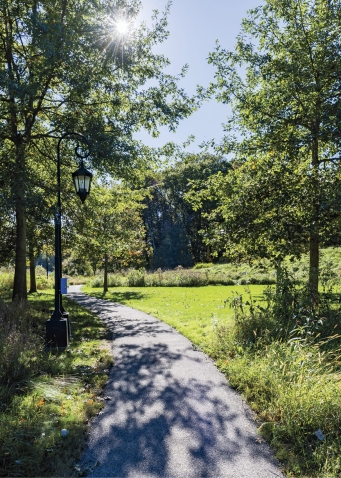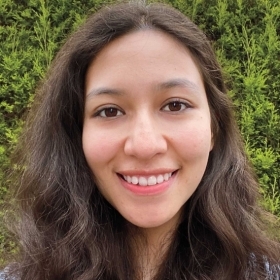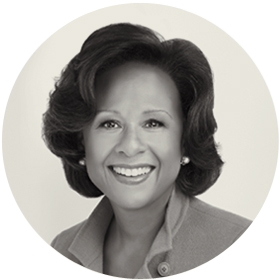Photo by Amos Chan
In late June, as this issue was going to press, President Paula A. Johnson announced the College’s preliminary plan for the 2020–21 academic year, a year that will begin as the coronavirus pandemic continues in the United States and around the world.
“Our most important priority for the coming academic year is to create an excellent academic program that prioritizes the health and safety of our community, while allowing each of our students to enjoy a residential experience and take in-person classes for a significant part of the year,” Johnson said in the announcement.
The plan was developed by a number of College working groups that included faculty, staff, and students, and was informed by the recommendations of Massachusetts Gov. Charlie Baker’s Higher Education Working Group. President Johnson is a member of the state working group and leads the task force responsible for developing the COVID-19 testing protocols for colleges and universities throughout Massachusetts.
In order to follow key public health recommendations, including ensuring that the on-campus community can maintain physical distancing, the College is making significant changes to the residential and academic program. All student rooms will be configured as singles, reducing the College’s residential capacity to fewer than 1,500 students at any given time.
The College will invite first-years and sophomores to live on campus during the fall, and juniors and seniors during the spring. There will also be enough room to prioritize housing for students who, for a number of reasons, need to be on campus all year, including resident assistants, international students who are unable to return home, and others. As this issue was at press, the College was also exploring off-campus housing for seniors for the fall semester.
The academic year will be divided into four seven-week quarters. The curriculum will include in-person courses, remote courses, and hybrid courses, in which some of the students are on campus and others are off.
Given the need for physical distancing in residence halls and classrooms, much of the academic program will need to be delivered remotely, Johnson said. “We believe remote education is best delivered in shorter, more concentrated formats, so we plan to divide each of our semesters into two terms, with each student taking two courses per term. This will allow for a greater level of concentration and focus for our students, and it will also allow us to pivot quickly to fully remote instruction if needed due to the public health situation,” she said.
“It has been a central principle of our planning to ensure that students residing on campus have, to the greatest extent possible, access to in-person courses. For this reason, the fall on-campus curriculum is designed for first-years and sophomores, while the spring on-campus curriculum will be designed for juniors and seniors,” Johnson said in the announcement.
Students returning to campus, as well as faculty and staff with frequent student contact, will be given a baseline COVID-19 test at the start of the fall term or upon arrival to campus, and asymptomatic community members will be tested at regular intervals, “which will enable us to add another important layer of protection against spread of COVID-19 on the Wellesley campus,” President Johnson stated. In addition, the College will have robust contact tracing, isolation, and quarantine protocols, and enhanced cleaning and disinfection in all campus buildings.
To alumnae, President Johnson says, “In the face of much uncertainty, two things are unfailingly clear: First, that we have much work to do as a society to build the world we want to live in. And second, Wellesley’s role in preparing our students to do this important work has never been more urgent or more necessary.”
For more information on the College’s plans for the 2020-2021 year, visit blogs.wellesley.edu/announcements/2020.








We ask that those who engage in Wellesley magazine's online community act with honesty, integrity, and respect. (Remember the honor code, alums?) We reserve the right to remove comments by impersonators or comments that are not civil and relevant to the subject at hand. By posting here, you are permitting Wellesley magazine to edit and republish your comment in all media. Please remember that all posts are public.